
1 #GiftsOfIslamicInvaders
2 #100templesofindia
3 #Indianrockcuttemples
4 #UntoldHistoryOfBharat
5 #IndicIconography
6 #ManyFormsofShiv
7 #GiftsOfEuropeanColonis
3 subscribers
How to get URL link on X (Twitter) App



 All three shrines, along with many wall niches, are richly sculpted with images of the Buddha flanked by Padmapani and Vajrapani—a pattern resembling late Mahayana caves at Aurangabad, Ellora, and Ajanta
All three shrines, along with many wall niches, are richly sculpted with images of the Buddha flanked by Padmapani and Vajrapani—a pattern resembling late Mahayana caves at Aurangabad, Ellora, and Ajanta


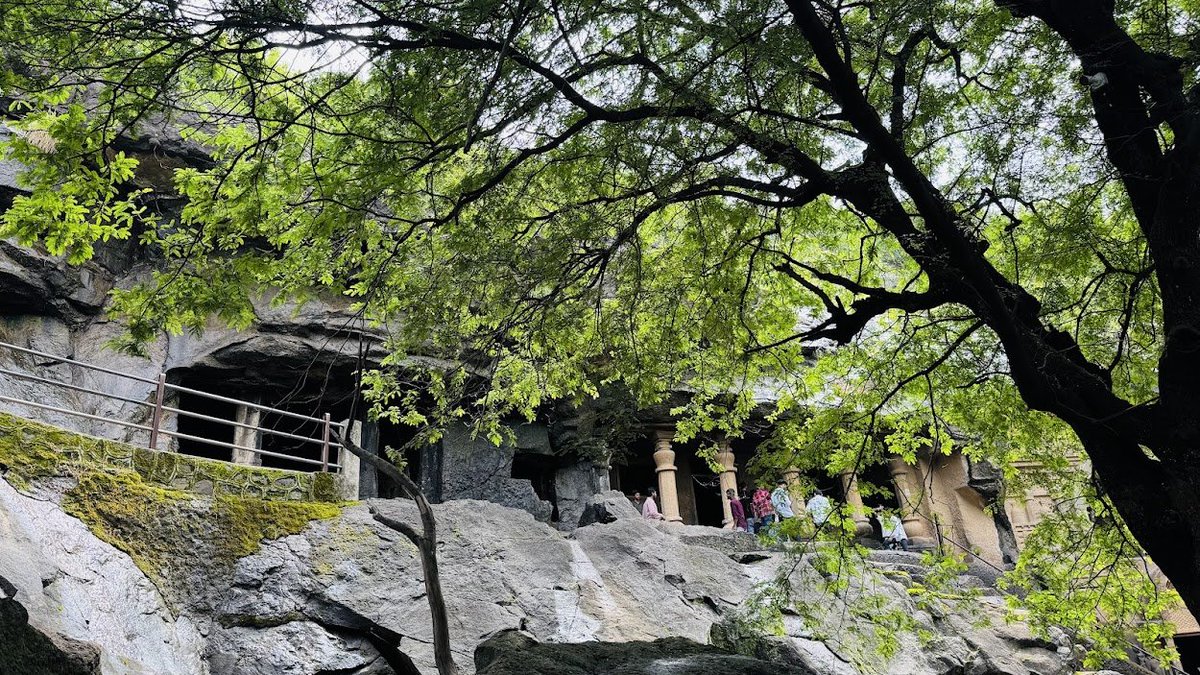



 The Trirashmi Caves — a magnificent ensemble of 24 rock-cut sanctuaries — were carved over four centuries (1st BCE to 4th CE).
The Trirashmi Caves — a magnificent ensemble of 24 rock-cut sanctuaries — were carved over four centuries (1st BCE to 4th CE).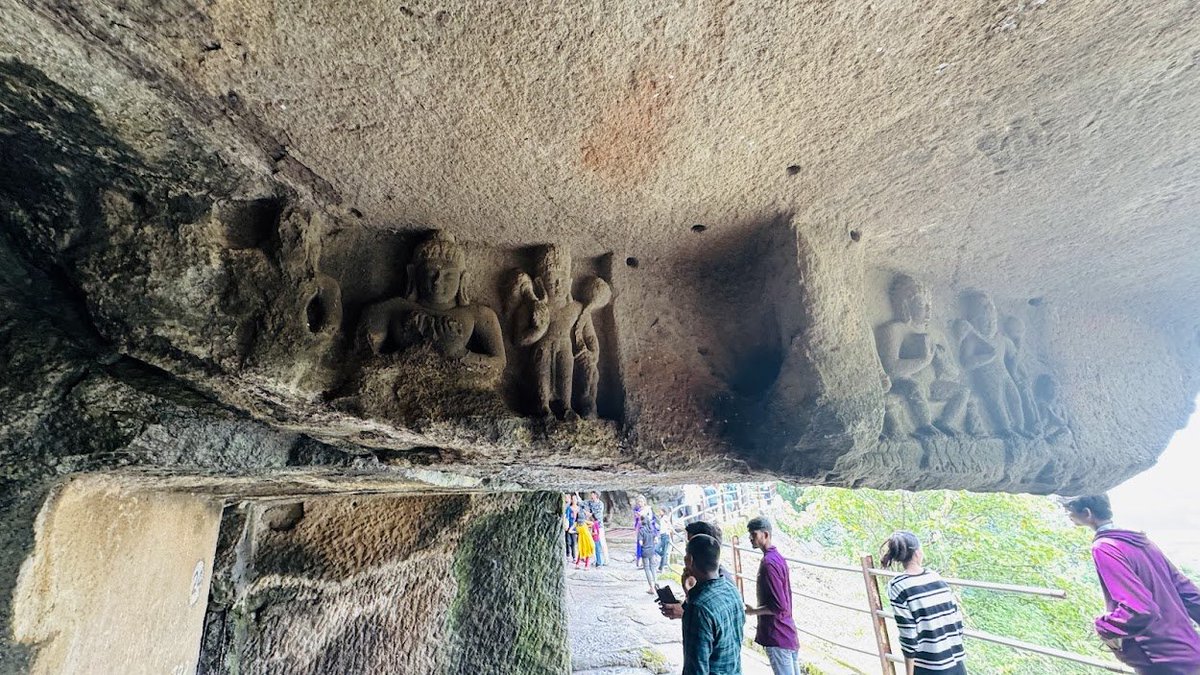
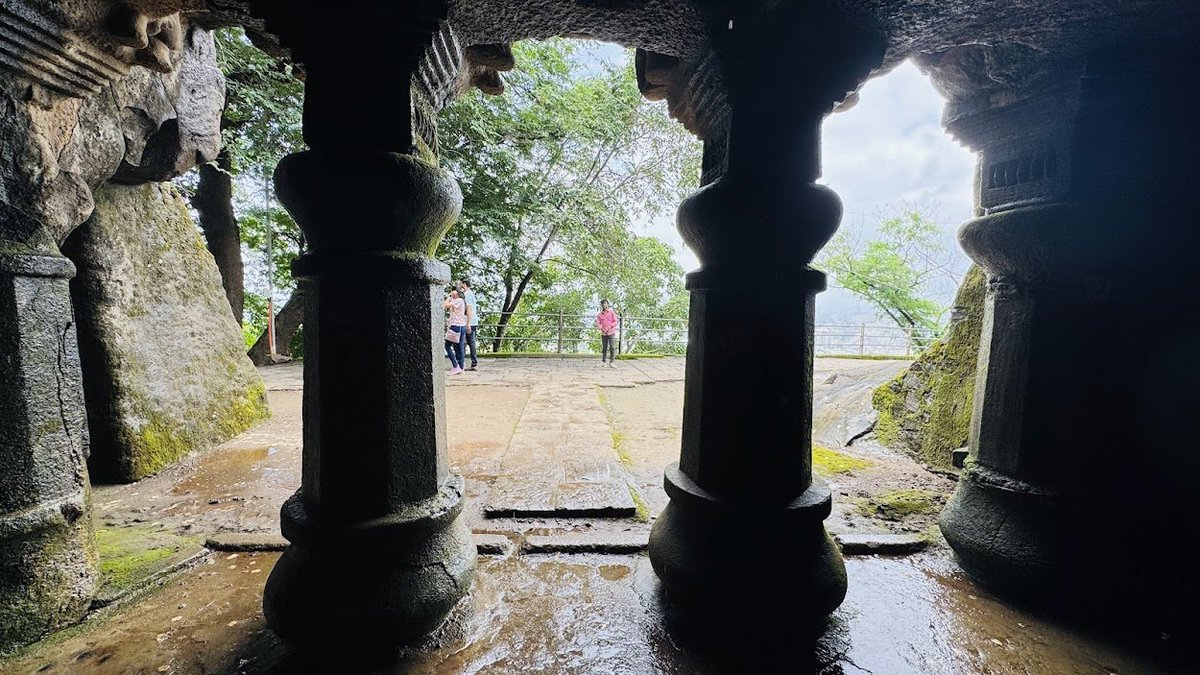

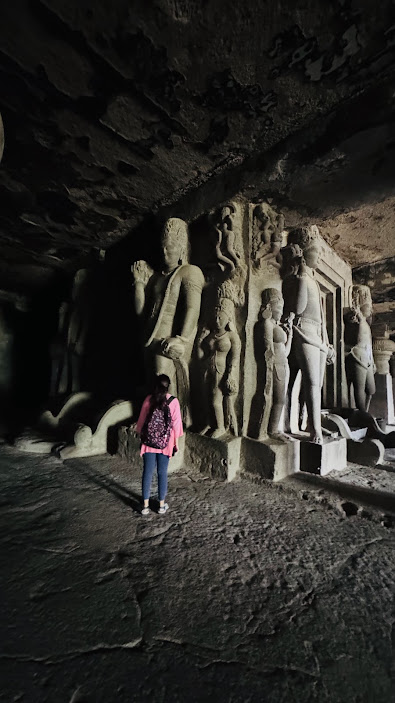

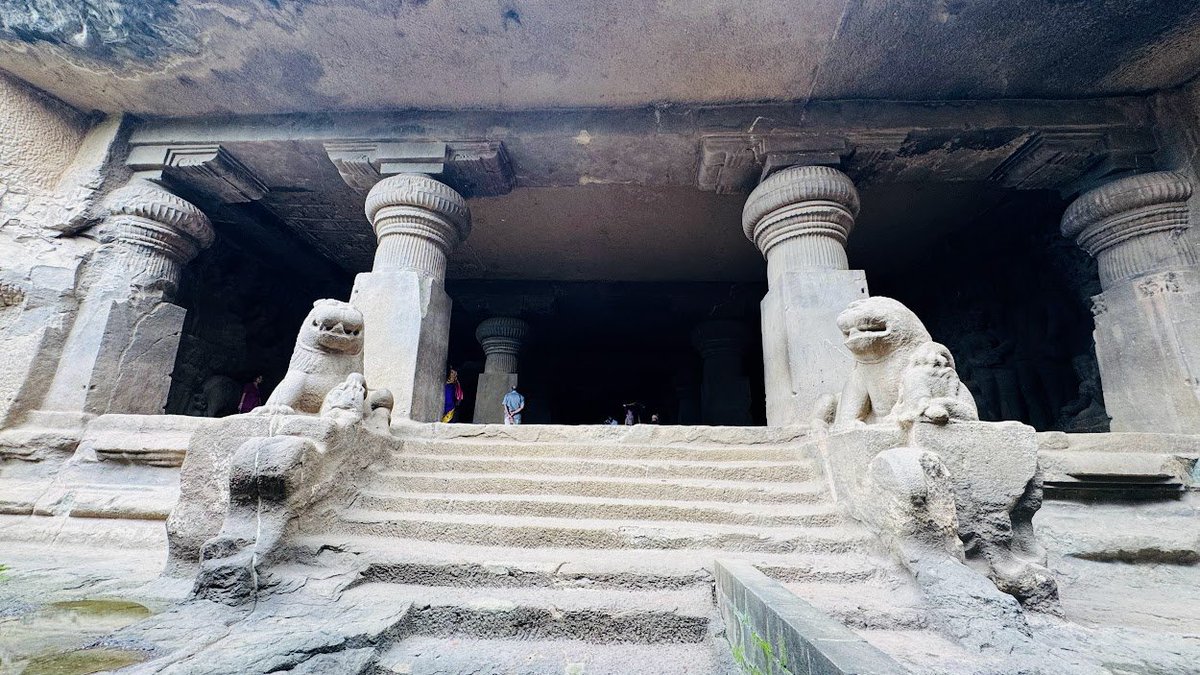
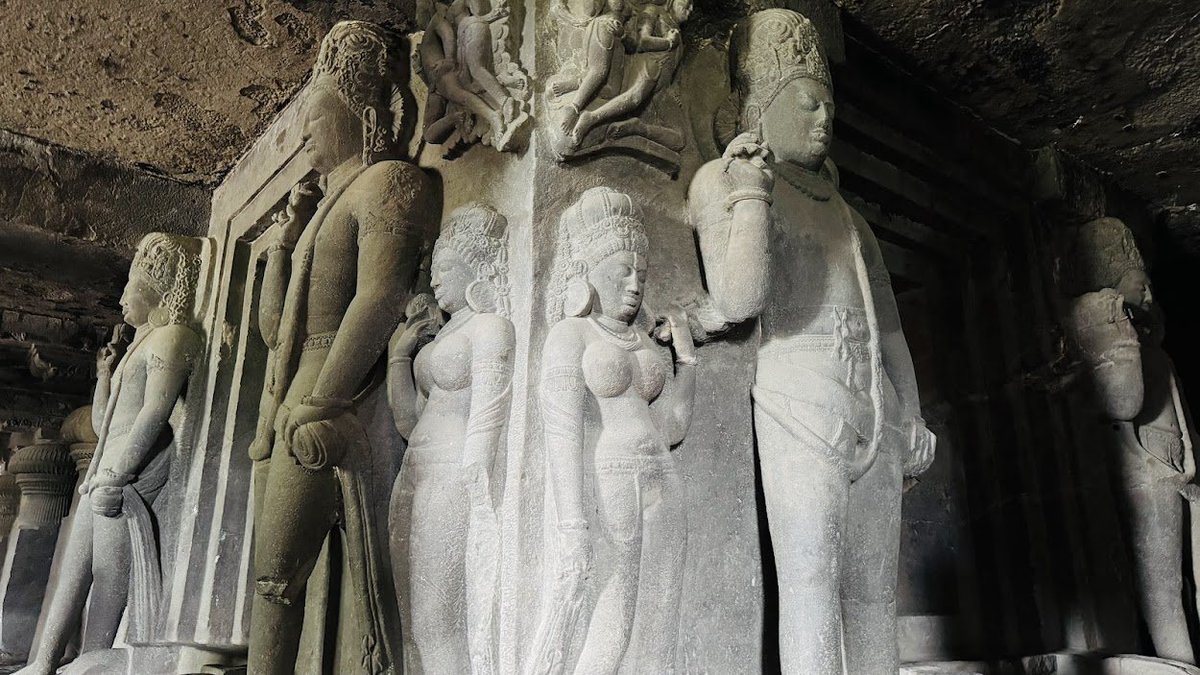 🌊 Ganga graces one side — radiant, adorned in flowing drapery and ornate jewels
🌊 Ganga graces one side — radiant, adorned in flowing drapery and ornate jewels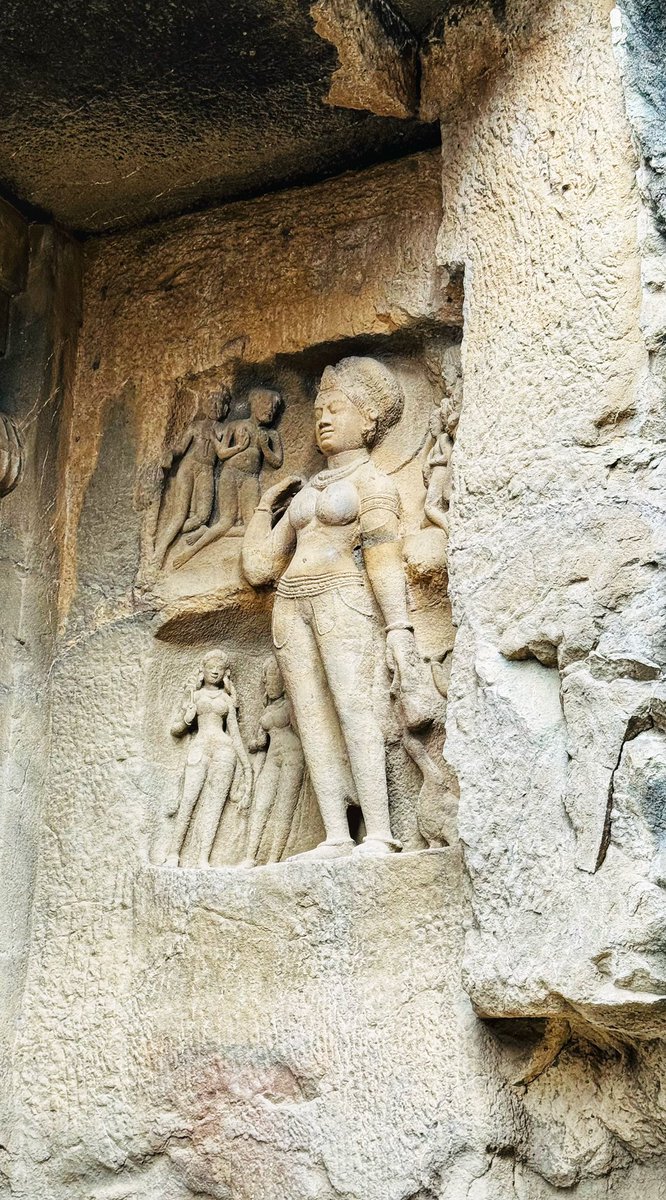
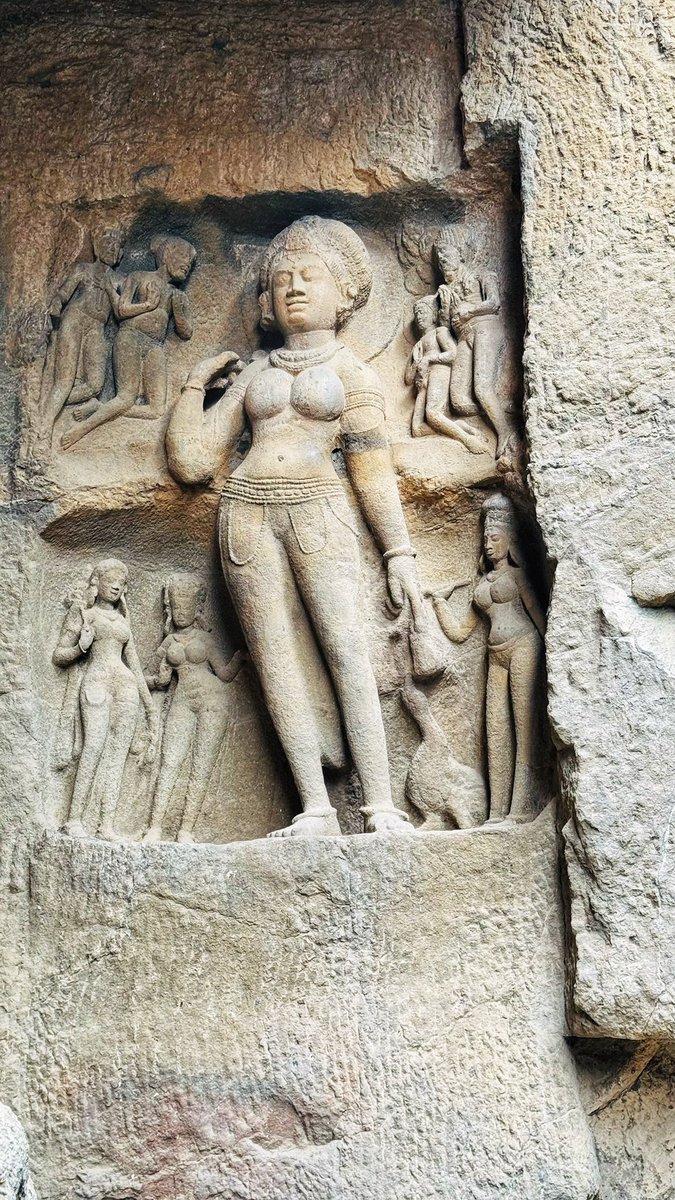


 Who were Suhadeva and Udayanadeva ??
Who were Suhadeva and Udayanadeva ??







 🧘♂️ Main Deity
🧘♂️ Main Deity


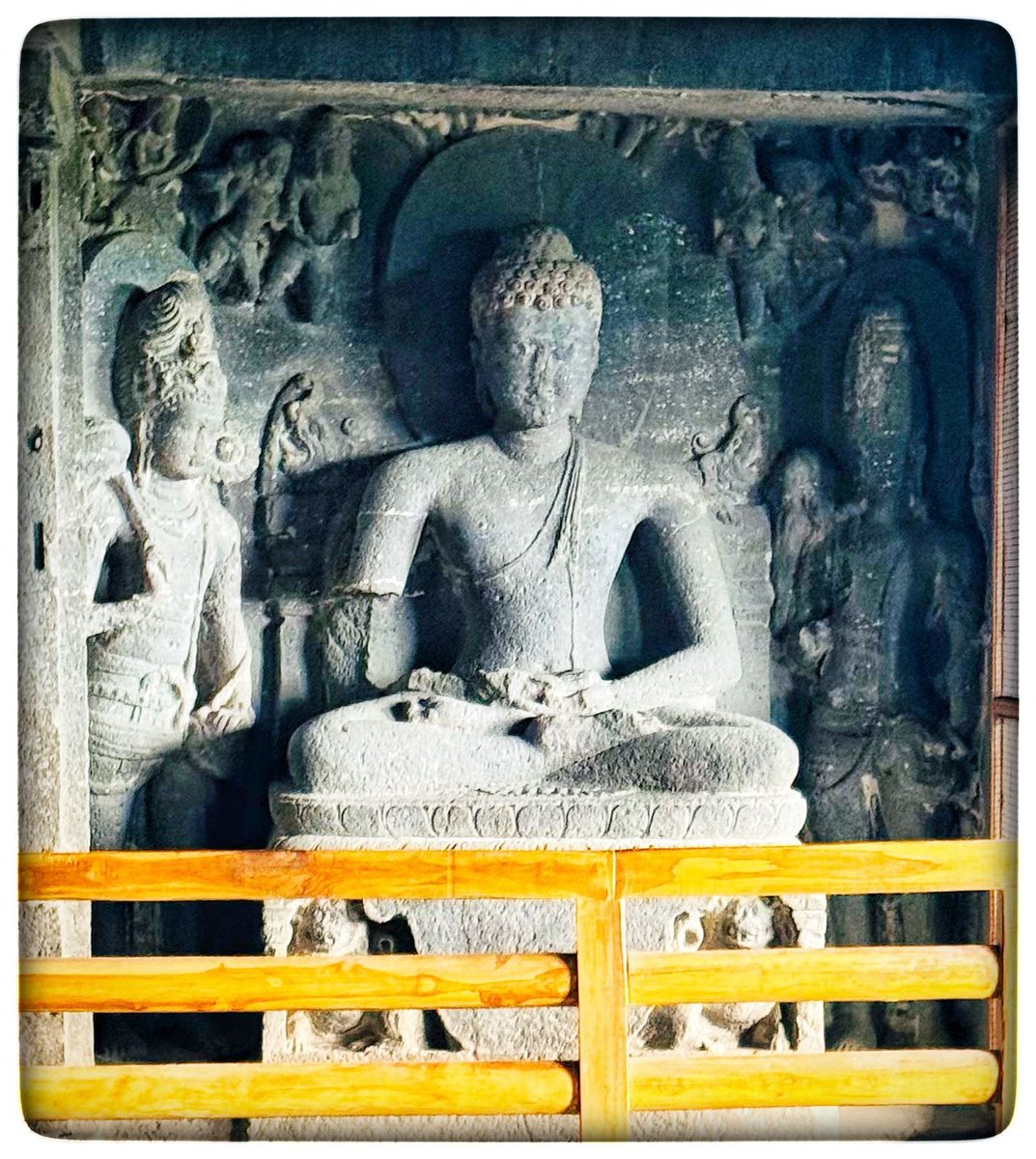




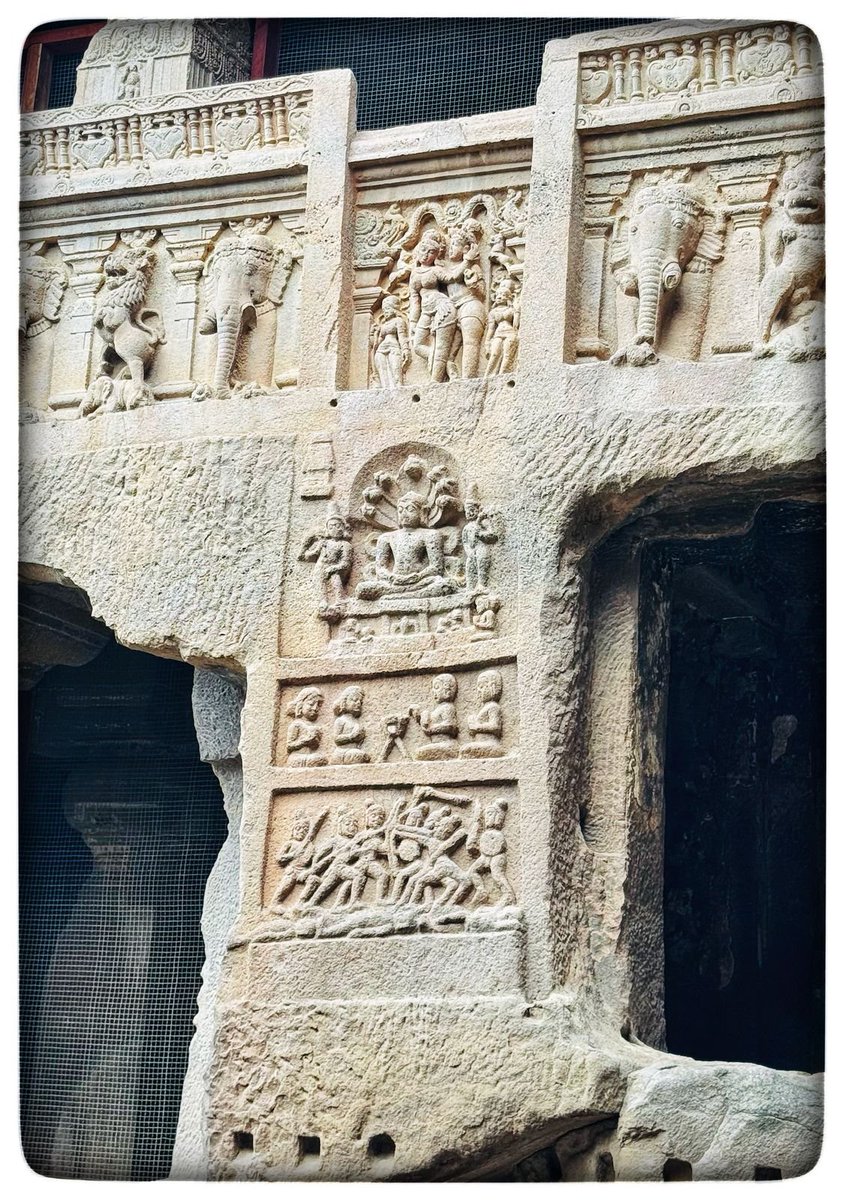 While the caves are mostly Digambara, they include representations of female Jain devotees and hints of Ajivika presence, suggesting a more diverse spiritual landscape.
While the caves are mostly Digambara, they include representations of female Jain devotees and hints of Ajivika presence, suggesting a more diverse spiritual landscape.





 🪨 Ramayana Carvings
🪨 Ramayana Carvings






 The temple is built in the Pancha-Ratha Style of Architecture
The temple is built in the Pancha-Ratha Style of Architecture






 🛕 Built in the 8th–9th century in the Maha-Maru style, the temple was a sculpted hymn to Vishnu and Shakti alike, adorned with divine icons, pillared halls, and exquisite carvings.
🛕 Built in the 8th–9th century in the Maha-Maru style, the temple was a sculpted hymn to Vishnu and Shakti alike, adorned with divine icons, pillared halls, and exquisite carvings. 



https://twitter.com/ShahidBalPunj/status/1927923256545194002








 ✨ Entrance Ceiling – Kandariya Mahadeva Temple
✨ Entrance Ceiling – Kandariya Mahadeva Temple




 Smaller than Kandariya Mahadeva—but no less divine.
Smaller than Kandariya Mahadeva—but no less divine.







 Inside and around the temple, you’ll find depictions of:
Inside and around the temple, you’ll find depictions of:


https://x.com/aaraynsh/status/1851845090345390168




 The current structure of the temple was rebuilt by King Naranarayan of the Koch dynasty in the 16th century after it was destroyed by Kalapahad, a Muslim general under the Bengal Sultanate.
The current structure of the temple was rebuilt by King Naranarayan of the Koch dynasty in the 16th century after it was destroyed by Kalapahad, a Muslim general under the Bengal Sultanate. 




 Built by the Chandela ruler Parmardi Dev in the 10th century.
Built by the Chandela ruler Parmardi Dev in the 10th century.

